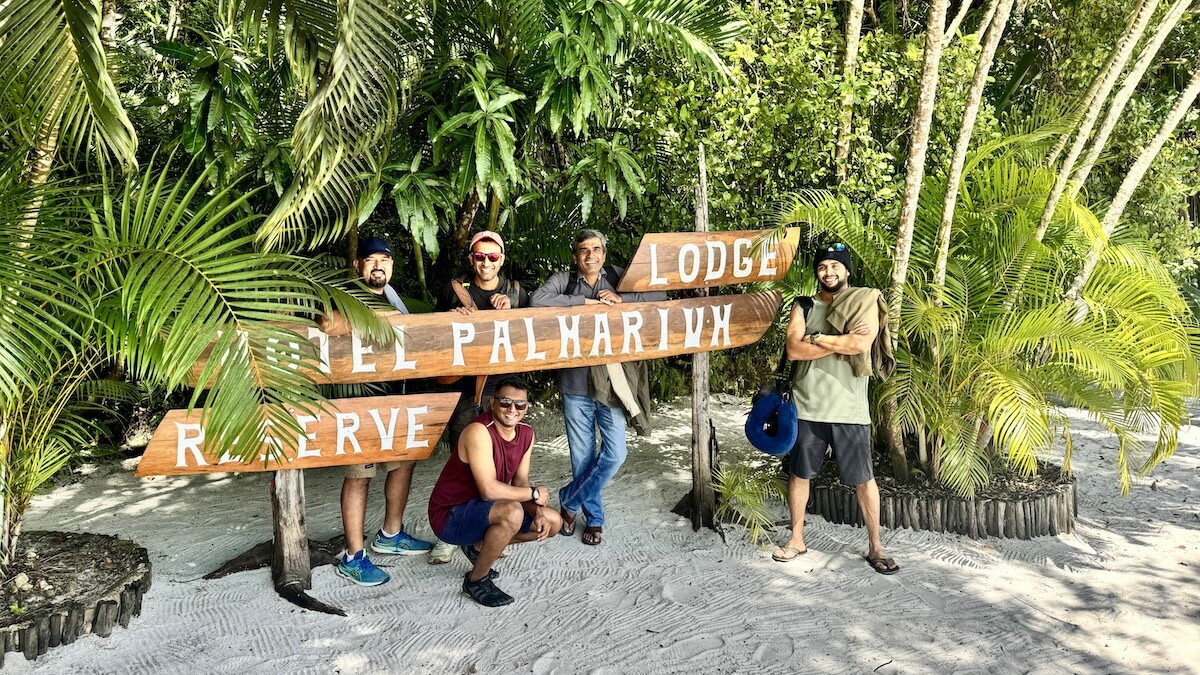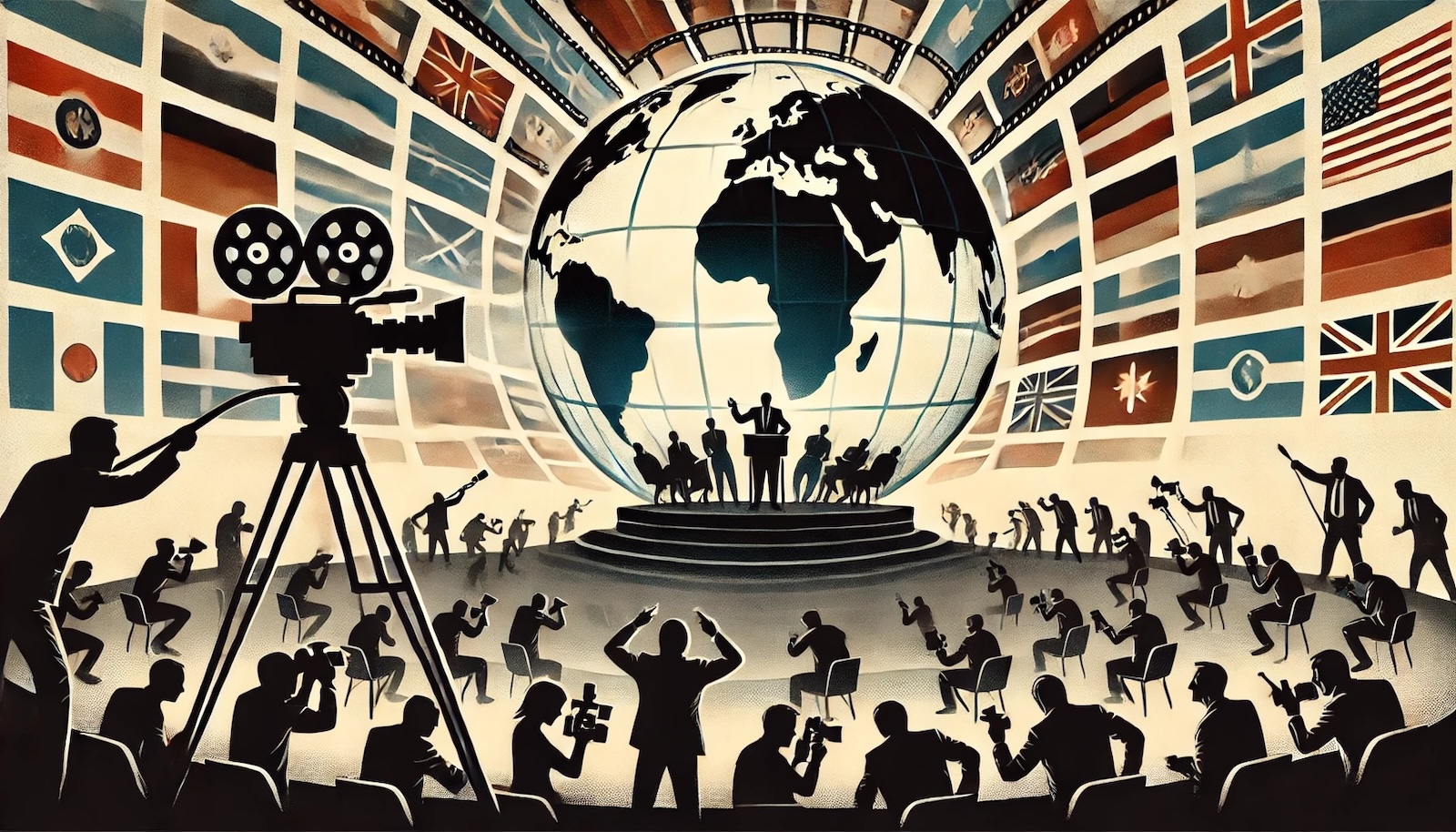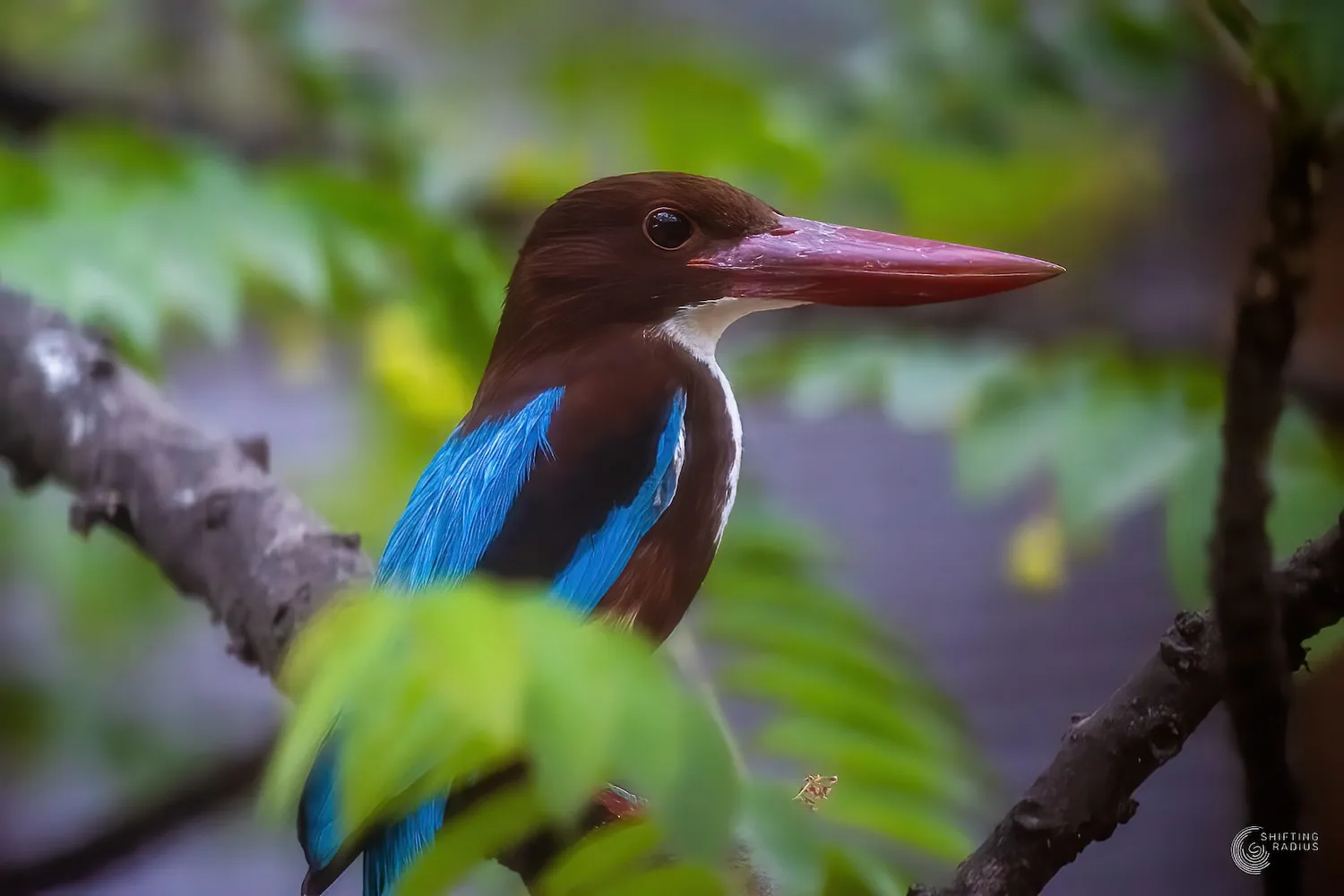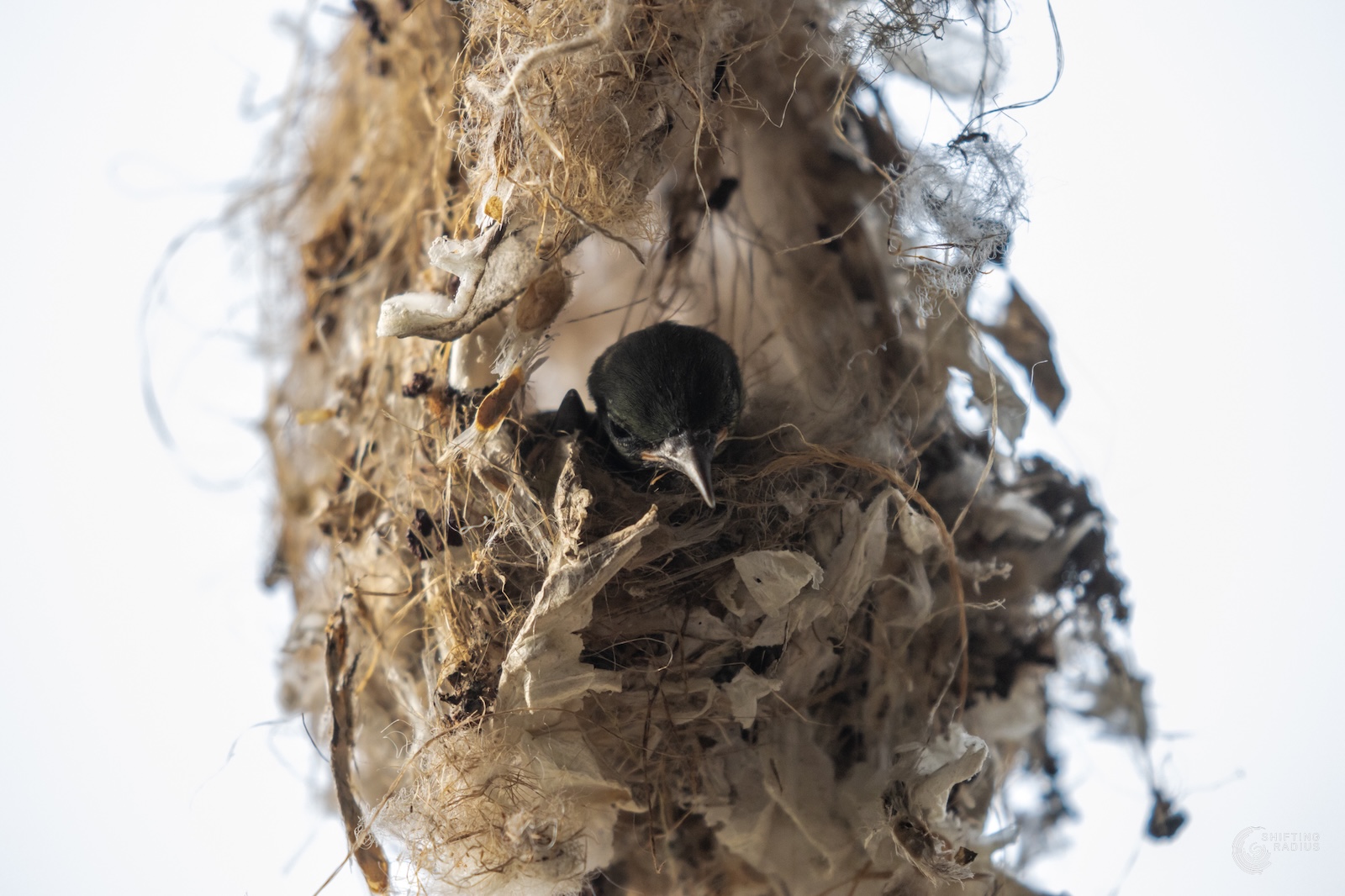Last August, I was thrilled to be taking a flight to Madagascar—a place that feels more like mythology than reality. Think lemurs leaping through ancient forests, chameleons changing colour with every flicker of light, and baobabs that look like they’ve been pulled straight out of a Dr. Seuss book. For eight days, I was lucky enough to be immersed in this wild, surreal world, helping film a project for a camera brand.
The cherry on top? I got to do it all with cinematographer Sudeep Elamon (yes, the genius behind Ayyappanum Koshyum), along with the other celebrity, Amoghavarsha and the production genius that is Ankith.

A Front-Row Seat to Nature’s Theatre
We were there for the wildlife. And Madagascar? It delivers. From the dancing sifakas and the soulful Indri Indri (which, by the way, sound like a haunting opera in the forest), to the bizarre, gremlin-like Aye-Ayes that only come out at night—every encounter was a revelation.
We managed to see around ten different species of lemurs, not to mention those colour-bending chameleons who seem to moonlight as performance artists. Every frame felt sacred, like we were documenting secrets the island has kept hidden for millennia.
The land itself feels untouched, raw, and ancient—like you’ve stepped back in time to an Earth before cities, noise, and Netflix. It was humbling. Awe-inducing. And at times, overwhelming.
The Beautiful, the Harsh, and the Heartbreaking
But here’s the thing—while Madagascar’s wilderness is wild and beautiful, the human reality on the ground is a lot harder to digest. Just beyond the frame, past the national parks and pristine reserves, is a country grappling with extreme poverty.
Most Malagasy people live on less than $2 a day. Basic healthcare? Scarce. Quality education? A luxury. Infrastructure? Often non-existent. In the rural villages we passed through, the contrast was stark—kids playing barefoot, homes made of mud and tin, roads that disappeared into red dust.
I kept swinging between wonder and sadness—between the thrill of filming a rare lemur and the ache of seeing a child wave at us from a roadside shack. It was the kind of duality that sits heavy on your chest long after you’ve returned home.

Conservation vs. Survival: The Uncomfortable Truth
As a wildlife lover, this trip left me with more questions than answers. Conservation is vital—there’s no doubt. Madagascar’s biodiversity is irreplaceable. But when you’re on the ground, you see the uncomfortable paradox: the same forests we want to protect are often the only available resource for the people living next to them.
How do you tell someone not to cut down a tree when that tree is the only thing standing between their family and starvation?
We showed up with expensive equipment to capture the magic of lemurs leaping through canopies. Just a few kilometres away, families were clearing forests to grow cassava and survive another season. It’s not villainy—it’s desperation. And that’s what makes the conversation around conservation in Madagascar (and in so many places) so incredibly complex.
A History Etched in Struggle
Madagascar’s present-day challenges can’t be separated from its past. A former French colony, the island was stripped of its resources and left with the kind of systemic dysfunction that continues to plague it today. Since gaining independence in 1960, it’s been hit with coups, corruption, and political instability.
The people? Resilient as hell. Everywhere we went, we were met with smiles, curiosity, and a sense of warmth that defies the harshness of their daily lives. It made the whole experience feel even more personal—because once you’ve made a kid laugh by showing them how a gimbal works, you can’t unsee their reality.

A Reflection of Our Own Divides
Madagascar felt like a magnifying glass held over the world—a place where the cracks in our global systems are just more visible. Conservation vs. livelihood, privilege vs. poverty, storytelling vs. surviving—it’s all there, laid bare.
And honestly, it made me think about my own place in all of this. I love wildlife. I love photography. But this trip reminded me that none of it exists in a vacuum. You can’t talk about lemurs without talking about the people who share the island with them.
So, What Now?
I don’t have answers. But I do have a deeper appreciation for just how interconnected everything is. If we want to protect Madagascar’s wildlife, we have to invest in its people. That means supporting education, healthcare, sustainable livelihoods, and local conservation models that include communities, not displace them.
Madagascar isn’t just a paradise for wildlife—it’s a living, breathing example of what happens when beauty and struggle coexist. Two worlds. One island. And unless those worlds learn to support each other, neither will survive.
This one’s for the sifakas, the smiling kids of Ampanakary, and the team that made it all so memorable. Grateful beyond words.




